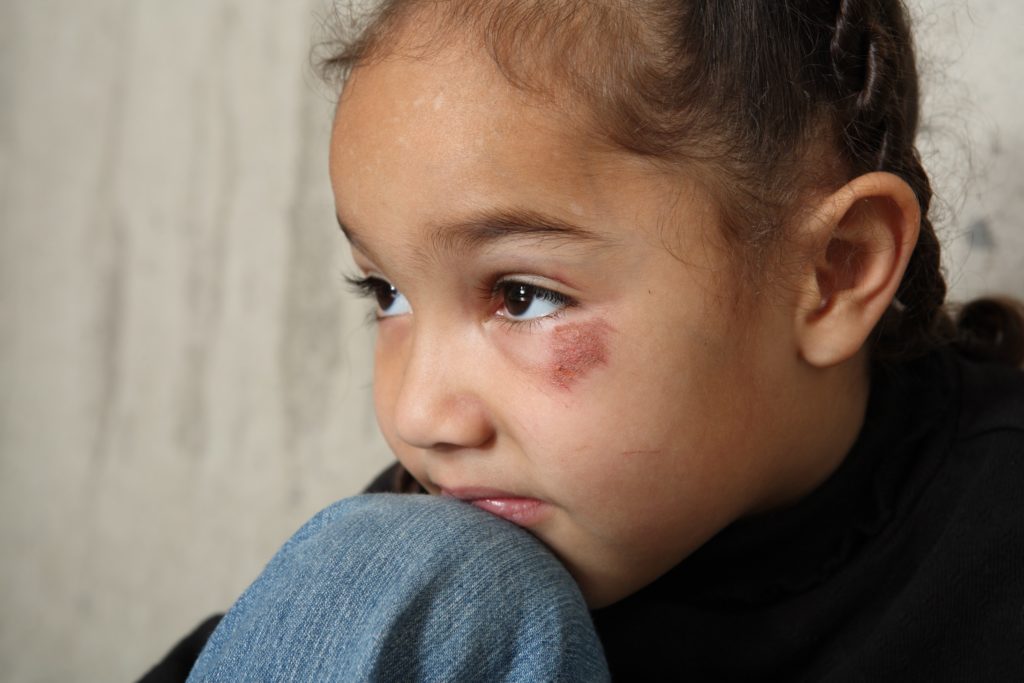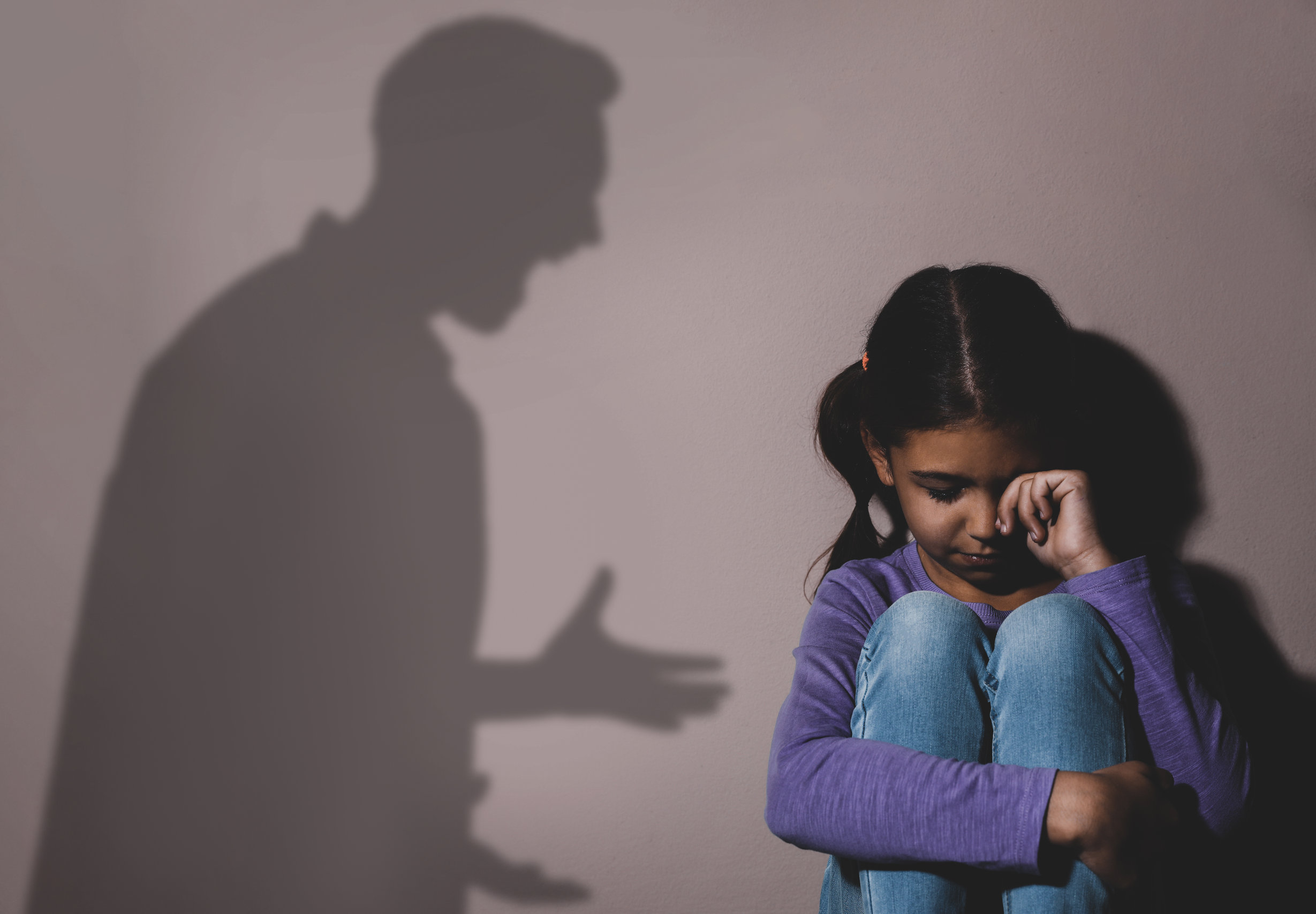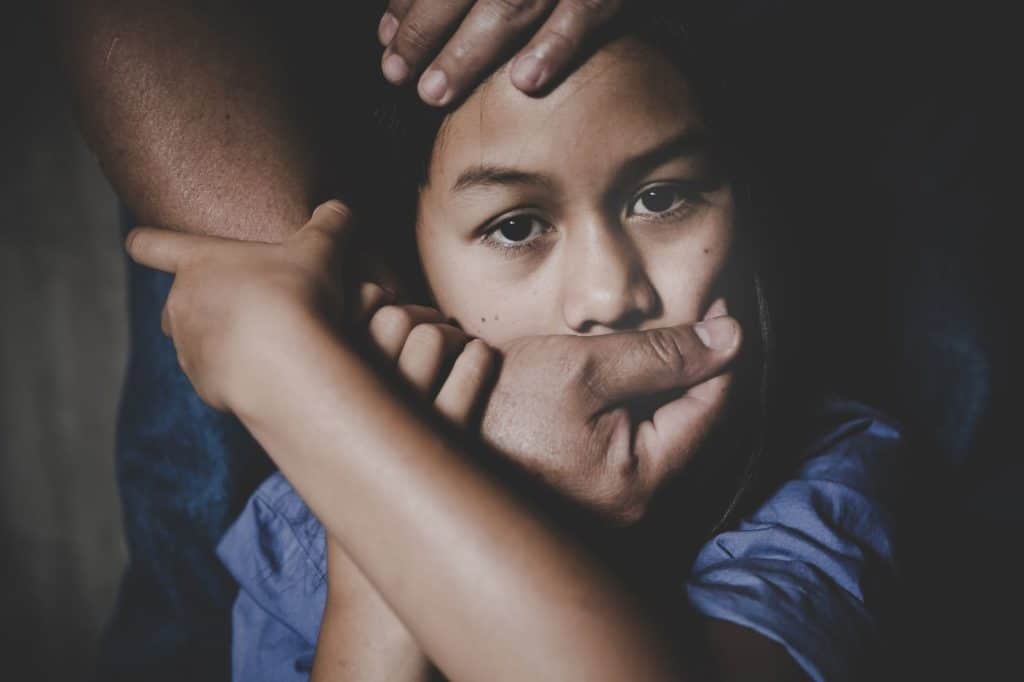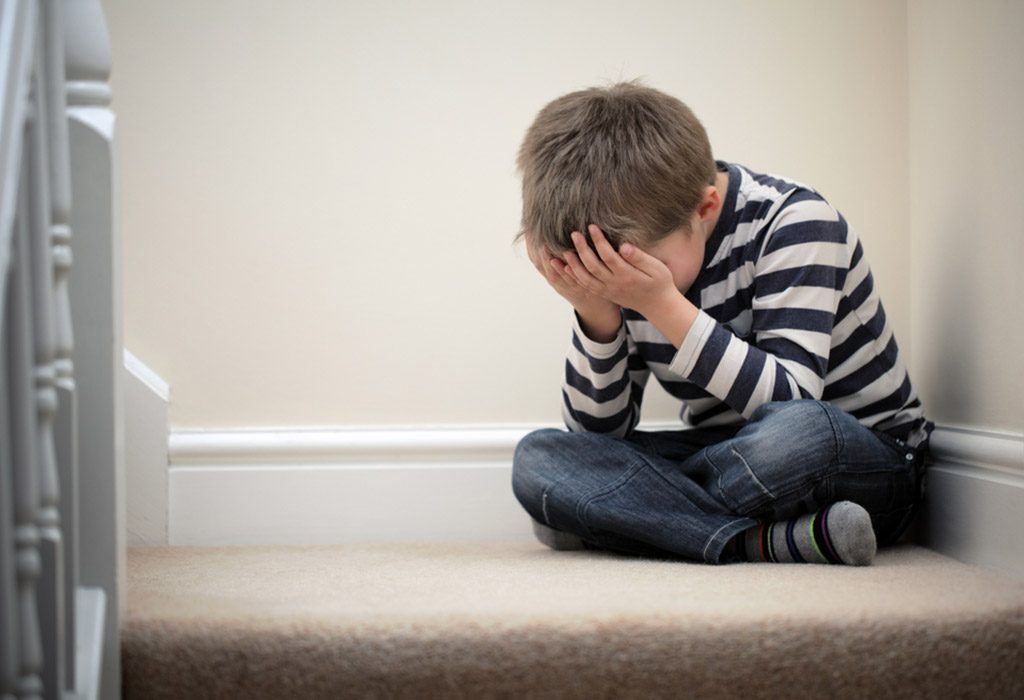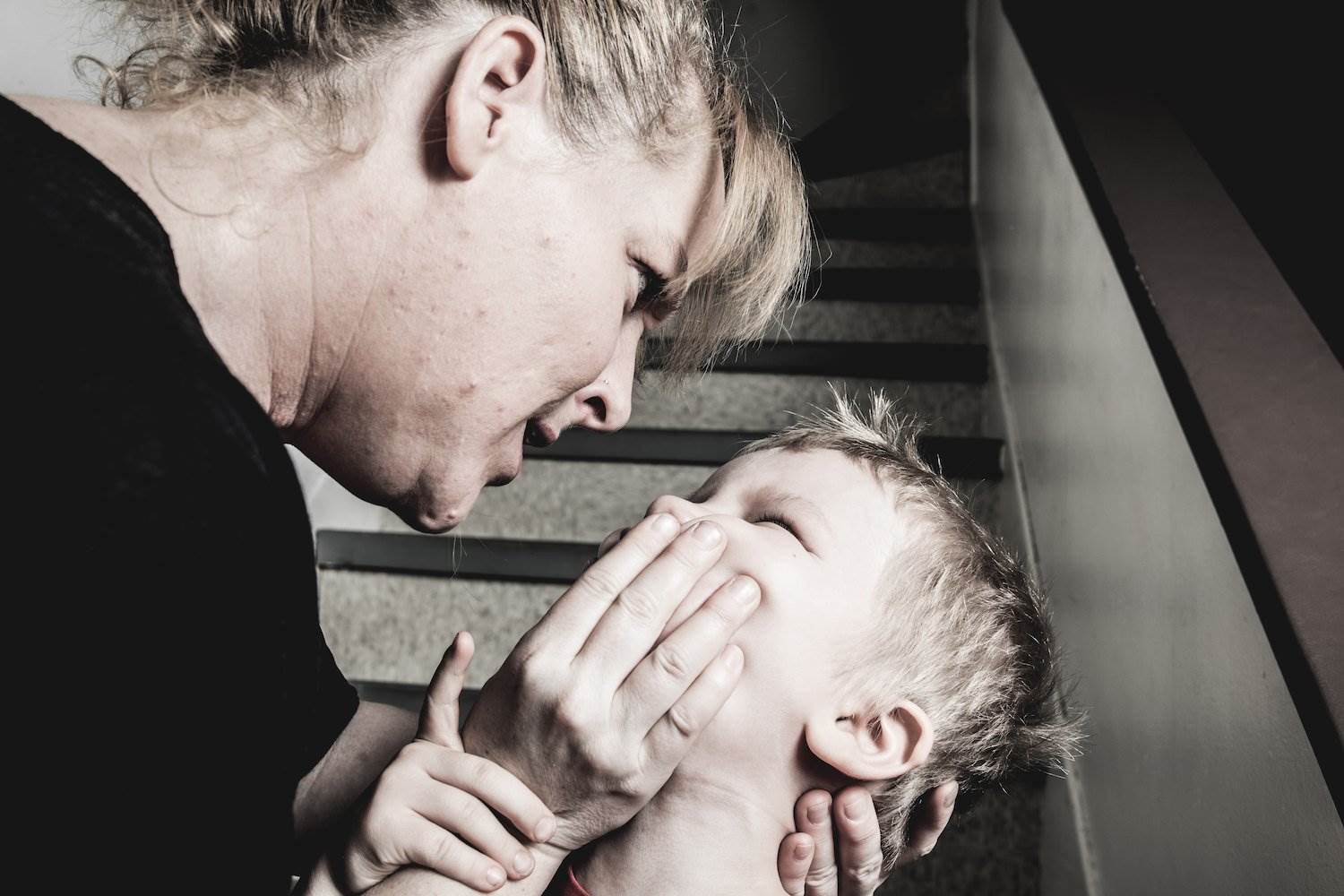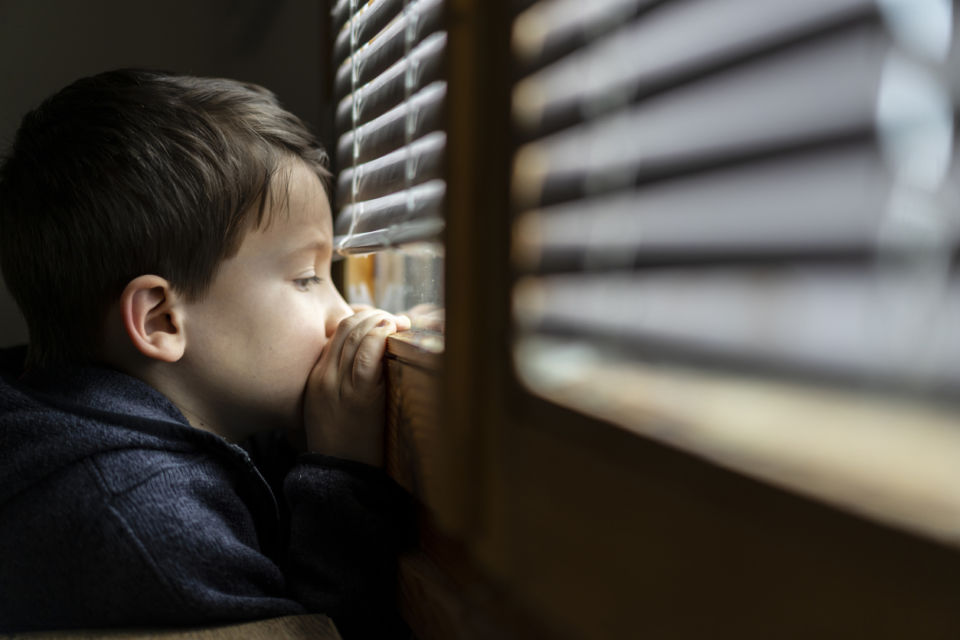Protecting Our Future: Child Protection Week
Child Protection Week, observed annually from May 25 to June 1, is a dedicated time to raise awareness about the rights of children and the importance of safeguarding their well-being. This week serves as a vital reminder of our collective responsibility to protect children from abuse, neglect, and exploitation. By promoting awareness and fostering community involvement, we can create a safer environment for children to thrive.
Understanding Child Protection
Child protection encompasses a range of measures and policies aimed at ensuring the safety and well-being of children. It involves preventing abuse and neglect, providing support to at-risk families, and advocating for children’s rights. Understanding the key aspects of child protection is essential for effective advocacy and support.
Types of Abuse and Neglect
Physical Abuse:
Physical abuse involves the intentional harm or injury to a child. This can include hitting, shaking, burning, or any other form of physical violence. Recognizing the signs of physical abuse is crucial for intervention.
Emotional Abuse:
Emotional abuse refers to behaviors that harm a child’s emotional development. This can include constant criticism, rejection, or withholding love and support. Emotional abuse can leave deep psychological scars that affect a child’s self-esteem and mental health.
Sexual Abuse:
Sexual abuse involves any sexual activity with a child. This includes inappropriate touching, exploitation, or exposure to sexual content. It’s essential to educate children about consent and safe boundaries to help prevent sexual abuse.
Neglect:
Neglect occurs when a caregiver fails to provide for a child’s basic needs, such as food, shelter, medical care, and education. Neglected children may suffer from physical and emotional harm due to a lack of proper care.
The Impact of Abuse and Neglect
 The consequences of child abuse and neglect can be devastating and long-lasting. Children who experience abuse may face a range of challenges, including
The consequences of child abuse and neglect can be devastating and long-lasting. Children who experience abuse may face a range of challenges, including
Psychological Effects:
Many survivors of abuse develop mental health issues such as anxiety, depression, and post-traumatic stress disorder (PTSD). These conditions can persist into adulthood, affecting relationships and overall quality of life.
Behavioral Issues:
Children who have been abused may exhibit aggressive or withdrawn behavior. They may struggle with trust and have difficulty forming healthy relationships.
Educational Challenges:
Abuse and neglect can hinder a child’s ability to succeed academically. Learning difficulties, absenteeism, and behavioral problems in school are common among affected children.
Increased Risk of Future Abuse:
Children who experience abuse are at a higher risk of becoming victims later in life or may perpetuate the cycle of abuse in their relationships.
Promoting Child Protection: How to Get Involved
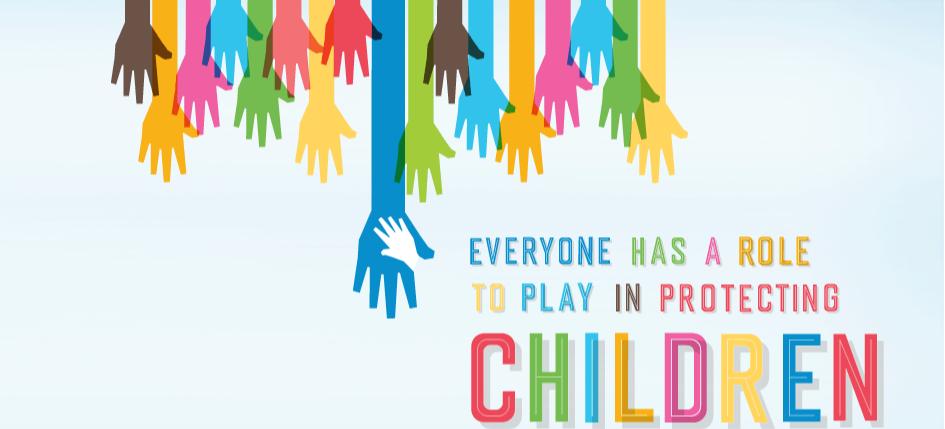 Child Protection Week is an opportunity for individuals and communities to take action. Here are some ways to promote child protection and support vulnerable children:
Child Protection Week is an opportunity for individuals and communities to take action. Here are some ways to promote child protection and support vulnerable children:
Educate Yourself and Others:
Knowledge is power. Educate yourself about the signs of abuse and neglect, as well as the resources available for support. Share this information with friends, family, and community members to raise awareness.Advocate for Policies:
Support local and national policies that promote child protection. This includes advocating for funding for child welfare services, education programs, and mental health resources for families.Create Safe Spaces:
Encourage the creation of safe environments for children, whether in schools, community centers, or homes. Promote activities that foster positive relationships and support children’s emotional well-being.Volunteer:
Many organizations work tirelessly to protect children and support families. Consider volunteering your time to assist with programs, mentorship, or advocacy efforts.Report Concerns:
If you suspect a child is being abused or neglected, it is crucial to report your concerns to the appropriate authorities. Early intervention can prevent further harm and ensure the child receives the help they need.
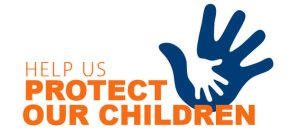 Child Protection Week serves as a powerful reminder of our collective responsibility to safeguard the rights and well-being of children. By raising awareness, advocating for change, and taking action, we can create a safer environment for all children. Let us work together to ensure that every child has the opportunity to grow up healthy, happy, and protected.
Child Protection Week serves as a powerful reminder of our collective responsibility to safeguard the rights and well-being of children. By raising awareness, advocating for change, and taking action, we can create a safer environment for all children. Let us work together to ensure that every child has the opportunity to grow up healthy, happy, and protected.
We want to hear from you! What steps do you believe are essential for promoting child protection in our communities? How can we better support vulnerable children? Share your thoughts and experiences in the comments below!

